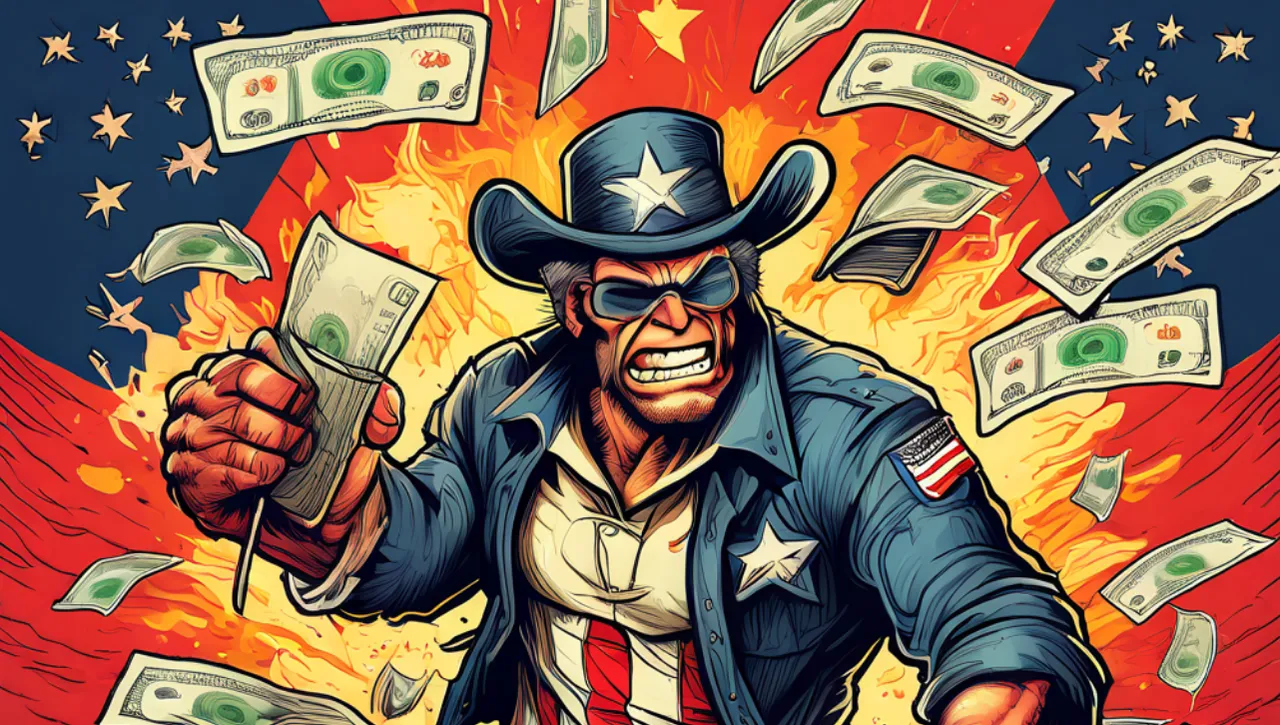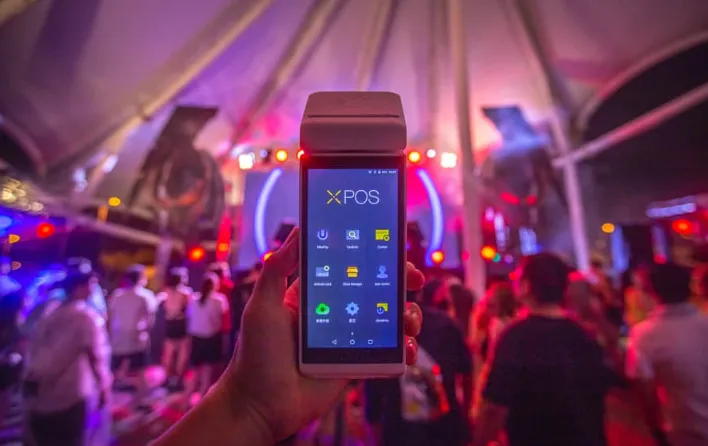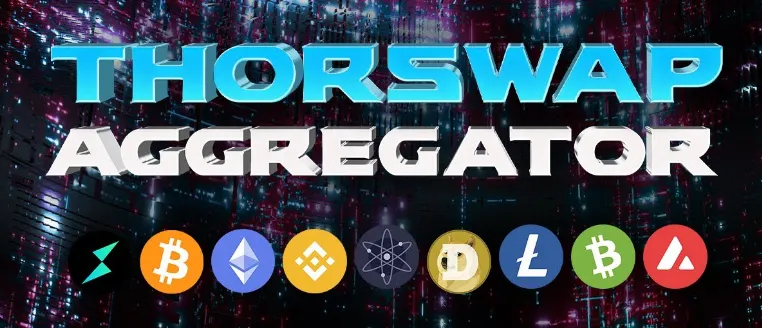Spectators at a New York sports stadium who wanted to purchase drinks and snacks with cash were disappointed to find out that their physical dollars were no longer being accepted as payment.
In order too buy items like popcorn and soda, customers had to pay a $3.50 fee for a plastic card at a "reverse ATM". Could this move be part of an expanding war on cash, and preparation for a fully digital CBDC system?

According to a recent federal reserve study, 16% of payments in 2023 were made with cash (down 2% from the prior year), 62% were made with debit or credit cards, and the remainder with other methods like checks and e-transfers.
The Problems With Cash
When you think about it, cash is not a very efficient way to make payments. A physical exchange must take place, and the receiver has to fumble around to get exact change for the purchaser.
Consider too how physical money cannot be tracked very well. If someone loses a $50 dollar bill in the washing machine for example, there is no update to a database that monitors the total supply of cash.
Digital payments are obviously much cleaner, and more efficient. The question is, in the future are we going to be making e-payments with centrally controlled government-issued CBDCs, or private decentralized cryptocurrencies?
If the people trusted their governments like they did 50 years ago, perhaps they'd be more receptive to a CBDC. But with trust at all-time lows, we can safely assume that a lot of people will be choosing censorship-resistant private cryptos instead.
However, with so many cryptocurrencies in development, which one will merchants choose to accept?
Potential Solutions
The problem could be solved by a payment Point of Sale (POS) terminal like PundiX that accepts a variety of cryptocurrencies, allowing a customer to pay with whatever crypto they may be holding.

The other solution would be to use something like Thorchain, a decentralized service that would convert whatever crypto the customer wants to pay with, into whatever crypto the merchant wants to accept.
Stablecoins Lead, For Now
For the time being, most merchants prefer to accept USD-backed stablecoins like Tether, as the dollar still remains the most stable currency worldwide.
But for how much longer?
Country after country is weaning itself off the dollar in favor of the new BRICS alliance, and the unsustainable fiscal/monetary situation the US government finds itself in does not bode well for the US dollar.

In the meantime, various cryptocurrencies are being gradually adopted around the world.
Axie Infinity tokens have been accepted by merchants in the Philippines. Bitcoin Cash was gaining adoption at bars and restaurants in Tokyo, while DASH had growing merchant adoption in Venezuela.
CBDCs vs Crypto
A the war on cash rages on in sports stadiums and other establishments, the rollout of CDBDs and decentralization cryptocurrencies continues simultaneously.
While governments could technically ban decentralized cryptocurrencies, like China has tried to do multiple times in the past, the technology has been engineered such that it cannot be controlled by a single entity.
Due to an increasing lack of trust in government and banking, we will likely see an uptick in the use of private cryptocurrencies in the coming years, as the US dollar continues to lose its footing worldwide.
If you learned something new from this article, be sure to check out my other posts on crypto and finance here on the HIVE blockchain. You can also follow me on InLeo for more frequent updates.
Until next time...
Resources
Wall Street Journal Article [1]
Image Generation By Venice AI [2]
Thorswap Image [3]